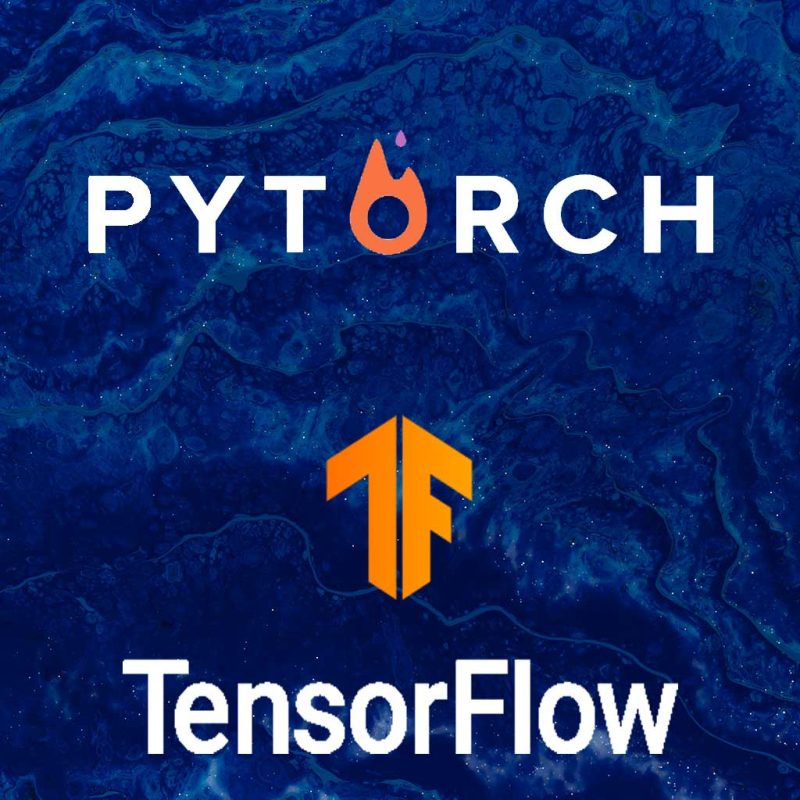The choice between PyTorch and TensorFlow is a pivotal decision for many developers and researchers working in the field of machine learning and deep learning. Both frameworks have their own strengths, weaknesses, and unique characteristics, which make them suitable for different use cases. This document provides an in-depth comparison of PyTorch and TensorFlow, and outlines criteria to help users make an informed decision.
Overview
PyTorch is an open-source machine learning library developed by Facebook’s AI Research lab. Known for its dynamic computation graph and Pythonic nature, PyTorch has gained popularity among researchers and academics.
TensorFlow, developed by Google Brain, is a highly versatile and scalable deep learning framework. It emphasizes production readiness and offers extensive support for various machine learning tasks, including deep learning, reinforcement learning, and even classical machine learning methods.
Key Comparisons
1. Ease of Use
- PyTorch:
- Intuitive and Pythonic syntax.
- Dynamic computation graph allows for immediate execution of operations, making debugging straightforward.
- Appeals to researchers and those transitioning from academic to production settings.
- TensorFlow:
- Initially known for its steep learning curve.
- With the introduction of TensorFlow 2.x, eager execution has improved its user-friendliness.
- More verbose than PyTorch, especially in earlier versions.
2. Computation Graphs
- PyTorch:
- Dynamic computation graph (Define-by-Run).
- Ideal for scenarios requiring real-time debugging or variable-length inputs.
- TensorFlow:
- Static computation graph (Define-and-Run) in older versions, but TensorFlow 2.x supports eager execution.
- Better optimization for deployment, especially in distributed systems.
3. Performance
- PyTorch:
- Excellent performance for research prototypes.
- Slightly slower in distributed training compared to TensorFlow.
- TensorFlow:
- Highly optimized for production environments.
- Superior support for large-scale distributed training and GPU/TPU utilization.
4. Community and Ecosystem
- PyTorch:
- Rapidly growing community, particularly among academics and researchers.
- Extensive collection of third-party libraries such as fastai.
- Lesser focus on tools for deployment and production.
- TensorFlow:
- Large and mature community with a vast ecosystem, including TensorFlow Hub and TensorFlow Extended (TFX).
- Robust tools for deployment like TensorFlow Lite and TensorFlow.js.
5. Model Deployment
- PyTorch:
- Deployment is improving with tools like TorchServe and ONNX.
- Historically, less streamlined than TensorFlow.
- TensorFlow:
- Extensive deployment capabilities.
- Supports multiple platforms, including mobile and web.
6. Hardware Support
- PyTorch:
- Excellent support for GPUs.
- Compatible with Nvidia’s CUDA and ROCm for AMD GPUs.
- Limited TPU support.
- TensorFlow:
- Unparalleled support for TPUs, GPUs, and CPUs.
- Comprehensive integration with Google Cloud Platform.
7. Documentation and Tutorials
- PyTorch:
- Clear, concise, and beginner-friendly documentation.
- Tutorials are well-suited for researchers and quick prototyping.
- TensorFlow:
- Extensive documentation covering diverse use cases.
- Rich tutorials for production and deployment scenarios.
8. Flexibility vs. Scalability
- PyTorch:
- High flexibility, making it a favorite for research and development.
- Suitable for projects requiring iterative experimentation.
- TensorFlow:
- Scalability and robustness make it ideal for production systems.
- Well-suited for enterprise-level applications and large-scale deployment.
Selection Criteria
When deciding between PyTorch and TensorFlow, consider the following factors:
- Project Type:
- Choose PyTorch for research-heavy projects or when rapid prototyping is a priority.
- Opt for TensorFlow for enterprise solutions and projects requiring robust deployment.
- Team Expertise:
- PyTorch aligns well with teams familiar with Pythonic syntax and research-oriented workflows.
- TensorFlow is better suited for teams with experience in production-oriented development.
- Hardware Requirements:
- Use TensorFlow if TPU support is critical.
- Either framework works well for GPU-based tasks, but TensorFlow has better support for distributed training.
- Community and Ecosystem Needs:
- PyTorch is ideal for accessing the latest research and experimentation tools.
- TensorFlow provides a more comprehensive ecosystem for end-to-end machine learning solutions.
- Budget and Resources:
- TensorFlow’s extensive ecosystem may be more resource-intensive.
- PyTorch’s lightweight approach can be more cost-effective for small-scale projects.
Conclusion
Both PyTorch and TensorFlow are powerful frameworks with distinct advantages. The choice between them should align with the specific needs and goals of your project. For researchers and developers aiming for rapid experimentation, PyTorch is often the preferred choice. Conversely, TensorFlow shines in production scenarios and large-scale deployments. By carefully assessing project requirements, team expertise, and deployment needs, you can select the framework that best suits your objectives.


